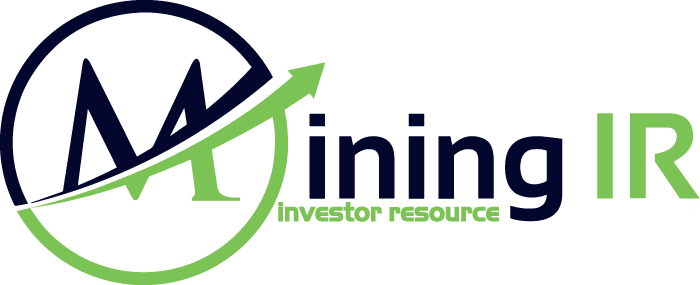Whilst many stories coming from the Democratic Republic of Congo (DRC) in recent years have focussed on the political issues that country has faced, many are now seeing that the case for investing in the country is stronger than ever. The DRC contains significant supplies of a wide range of mineral resources, and is currently a major supplier of diamonds, copper, cobalt, gold, tantalum and tin. In advance of the mining week event in the DRC in June, Elisee Isheloke takes a close look at the investment case for the DRC.
The Democratic Republic of Congo (DRC) will host a mining week event in Lubumbashi in Katanga – “the global capital of cobalt” from 19 to 21 June 2019. From the Union minière du Haut Katanga (UMHK) as it used to be called after the Belgian colonialists created the company, to La GECAMINES (La Générale des Carrières et des Mines), the major public company in the DRC will be the core focus for this event. At least a hundred other organisations will take part in this economic and geo-strategically significant event. The DRC is once again on the business map – this time for a good reason. At the dawn of the first democratic change from Joseph Kabila to President Felix Tshisekedi, an emphasis has put on fighting maladministration, corruption and boasting economic development initiatives across the country. Katanga and the grand Kivu are the major places where the main language of communication is Kiswahili, which means efforts to network with the East African community (EAC) and a few SADC countries are that much easier.
Today the DRC is crying out for foreign investors. The business climate, although not at its best, and with the first peaceful transition to power of President Tshisekedi, augur well with the desires of the business leaders, both externally, and internally within the DRC. Hopefully this will translate to an effective resolution of conflict between the government and militias; conflicts that impacted so negatively to the socio-economic fabric of the country.
Why is mining of such critical importance to the DRC, and by extension, the world’s global mining community?
• The mining industry has directly created over 370,000 jobs in the DRC, with over 1,875,000 Congolese indirectly dependent on the industry.
• 33% increase in diamond production in 2015, contributing to a cooperative action against artisanal mining in the DRC. In Tanzania meanwhile, artisanal mining is being promoted in a way that supports the economy.
• 32% of growth for gold production in 2015 (25806kgs)
• Copper represented 89% of total production in 2015
• The DRC contains almost 10% of the world’s reserves in copper.
• The DRC detains 34 trillion USD worth of mineral resources.
• The country owns a ¼ of the global diamond reserves and is the largest in Africa.
• With 45% of the global cobalt reserve, the DRC is the 1st largest producer in the world (Source: http://www.drcminingweek.com/) .
Apart from the facts provided above, there are many reasons why the DRC attracts the attention of the business world and why a visit to the mining week event in June could be essential:
An enormous peatbog equivalent in size to England, discovered in the World Heritage Area of the Equatorial Forest, positions the DRC in a critical position in terms of alleviating the effects of climate change. La tourbière, peat bog in French, such as the one in the DRc, are known to act as carbon sinks, and have been taking huge amounts of carbon out of the atmosphere and storing it for the long term. Could a better understanding of these natural process lead us to a cost-effective ways of offsetting our carbon production?
The wood of the DRC, the agriculture sector, fauna and the flora with existing species only found in the DRC such as Okapi (a Zebra giraffe-type herbivore only found in the DRC) and many more.
The INGA hydroelectric projects are specifically important for the SADC region because of its energy potential. Perhaps visitors to the mining week event could also share their experience in green mining, green economy and other Sustainable Development Goals initiatives that are to save the environment.
In the DRC the Rhino has already gone extinct, and the famous mountain gorillas are in danger. On a human scale the pygmies and bantu populations are under threat, impoverished by two decades of war and insecurity.
The country has turned the corner and is back on track. Peace and development is what it will take to redress its socio-economic situation.
According to the mining week organisers: “The growing presence of local and international companies is a sign of the health and potential of the mining sector impact on DRC’s GDP”. Over 3,500 international professionals and local stakeholders from more than 50 countries, aiming to explore and showcase the vast investment opportunities will be at this meeting. It is hoped that events like this will help the DRC redress its economy and do a meaningful U-turn from one of the poorest nations to its rightful position of glory: a country rich in mineral resources where people will enjoy the highest standard of living. Only then the resource curse dilemma have come to an end, allowing the country to develop along similar lines to Norway, Botswana and Canada – to name but a few. Welcome to the Katanga and you will see that Hakuna matata!
Find out more about the mining event in the Democratic Republic of Congo in our mining events section.













